
In all the years that consoles have dominated the games industry, while hardware, specs, and what have you have often been the talk of the town, one unequivocal rule never goes away- content is king. Without well-made games that give actual value to the purchase of a console, it stands on shaky legs, if that, and while a lot of that obviously comes from multiplatform releases by third party developers and indies, one of the biggest strengths that almost all console manufacturers have always relied on is first party development.
PlayStation as a brand has always been dedicated to that cause. Releasing in 1995 and attempting to go up against an almost monopolistic giant of the industry in Nintendo, the PS1 had a mountain to climb right out the gate, and one of the biggest factors contributing to its thorough and history-defining victory in that race was its stellar lineup of exclusive games that, for the longest time, couldn’t be offered elsewhere. In those years, when the PlayStation first party lineup was still in its nascent years and was building the foundations for the future, a lot of those exclusive games came from partnered third party developers. Over the years, however, with each successive console generation, Sony continued to build on those foundations, and in the here and now, boasts a first party portfolio with enough strength and cache that it could easily sell millions and millions of consoles by itself.
Nabbing the support of giants like Konami and Square Enix (among several others) was one of PlayStation’s biggest victories in its first ever console generation, and with the exclusive support of major franchises like Final Fantasy, Metal Gear Solid, and many more, the PS1 was able to enjoy unprecedented success. At the same time, in retrospect, the PS1 years proved to be a time when Sony identified key developers as teams that they could build PlayStation around for years to come. Naughty Dog and Insomniac Games, for instance, weren’t PlayStation-owned studios in the PS1 years, but with Crash Bandicoot and Spyro the Dragon respectively, they made games and characters that are, to this day, considered PlayStation icons (though Crash will soon be owned by Xbox, funnily enough).
By the time the PS2 rolled around, on top of continuing to enjoy incredible support from third party developers, many of whom continued to support PlayStation exclusively, Sony began expanding its first party portfolio as well. The aforementioned Naughty Dog, for instance, was acquired, and later on in the PS2’s life cycle, so, too, was a little Dutch studio known as Guerrilla Games, and Jak and Daxter and Killzone both became important cogs in the PlayStation machine. Santa Monica studio was established and ended up delivering God of War, a series that instantly became a platform icon, while from Sony Japan came instant classics like Ico and Shadow of the Colossus. Insomniac Games and Sucker Punch Productions, meanwhile, wouldn’t become Sony-owned for many more years to come, but even so, contributed significantly to the PS2’s library with multiple instalments in the iconic Ratchet and Clank and Sly Cooper franchises respectively. And, of course, you had Polyphony Digital, who released more excellent Gran Turismo games, just as they did for the PS1.
The graph was very clearly moving upward for Sony’s first party lineup, and the leaps it had taken from the PS1 to the PS2 were undeniable. That trajectory would continue with the PS3- a console that, for the most part, is considered to be something of a dip for PlayStation as a whole, but when all was said and done, still had an excellent library. That generation, of course, was the one that saw a large number of major third party exclusives deciding to go multiplatform and pledge their support to both PlayStation and Xbox, so it made sense that Sony chose to plug the holes by expanding their own output.
During the PS3 years, Sony acquired the likes of Sucker Punch, and Evolution Studios, who put out games inFamous, and MotorStorm. Guerrilla Games, meanwhile, followed up on a disappointing Killzone debut with sequels on the PS3 that saw the series finally living up to its potential, while Santa Monica Studio continued to deliver more God of War excellence. Insomniac Games, still not a first party studio, continued to make more Ratchet and Clank games, and on top of that, also put out three solid first person shooters with the Resistance trilogy.
The first party PlayStation studio that truly defined the PS3 generation, however, was Naughty Dog. After having spent two console generations working on mascot 3D platformers, the studio pivoted, and pivoted hard, going in a completely different direction with the Uncharted games. It was a gamble that paid off, especially with Uncharted 2: Among Thieves being touted as one of the greatest games of its time. Not too long after that, with The Last of Us, Naughty Dog delivered an even bigger hit, and a game that now defines the studio’s entire identity in a way that no other IP does.
And that, in retrospect, was a huge turning point for PlayStation’s first party. Its growth from generation to generation until that point had by no means been incremental, but even that impressive chart was made to look fairly flat in comparison to the sudden and massive boom it experienced after that. A lot of that was down to Uncharted 2 and The Last of Us, with those games essentially creating the template that some of Sony’s biggest successes over the next few years would be built on. In the PS4 generation, the PlayStation first party collective decided to go all in on single player narrative-driven action-adventure games, and to put it mildly, that worked out rather well.
Guerrilla Games dropped Killzone and took a huge gamble with Horizon Zero Dawn, Sucker Punch moved on from inFamous and instead dedicated itself to Ghost of Tsushima, Insomniac Games (finally joining the PlayStation family late into the PS4’s life) reduced its focus on Ratchet and Clank and pivoted to Marvel’s Spider-Man, and SIE Santa Monica completely reimagined God of War and moulded it in the image of The Last of Us. With a clear identity in place that most (if not all) of Sony’s first party games adhered to, the PS4 saw probably the best and most consistent lineup of first party exclusives any PlayStation consoles ever seen. That string of releases between 2017 and 2020 was when PlayStation’s first party portfolio, after years and years of consistent growth, finally came into its own and established itself as an industry powerhouse.
By now, Sony has recognized that that first party lineup is by far PlayStation’s biggest strength, and it’s no surprise to see it continuing to invest heavily in it. Over the last couple of years, we’ve seen the acquisitions of Housemarque, Bluepoint Games, Firesprite, and Bungie, and excellent releases in the PS5’s early life like the Demon’s Souls remake, Marvel’s Spider-Man: Miles Morales, Horizon Forbidden West, and Returnal have proven beyond doubt that the excellent run of form the PlayStation Studios group went on halfway through the PS4’s life was no fluke.
We are, of course, finally in a place where PlayStation boasts truly incredible first party lineups. PlayStation’s has impressively built itself up over the course of the last two and a half decades, and after years and years of struggle, has spent a ridiculous amount of money to go from zero to hundred. Whether it stands tallest is another discussion entirely – and one that will always boil down to personal preferences more than anything else – but there’s no denying that there’s a strong case to be made for PlayStation.
Note: The views expressed in this article are those of the author and do not necessarily represent the views of, and should not be attributed to, GamingBolt as an organization.

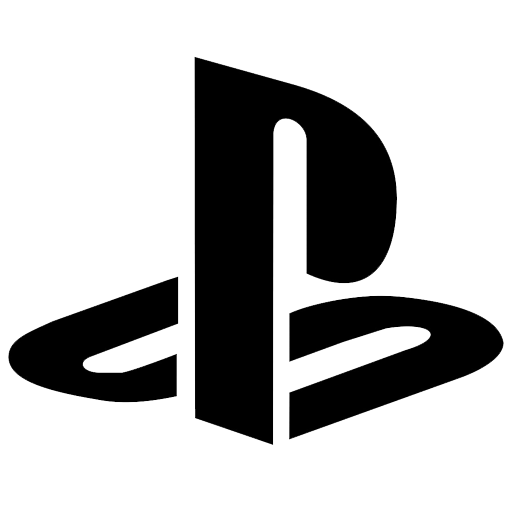






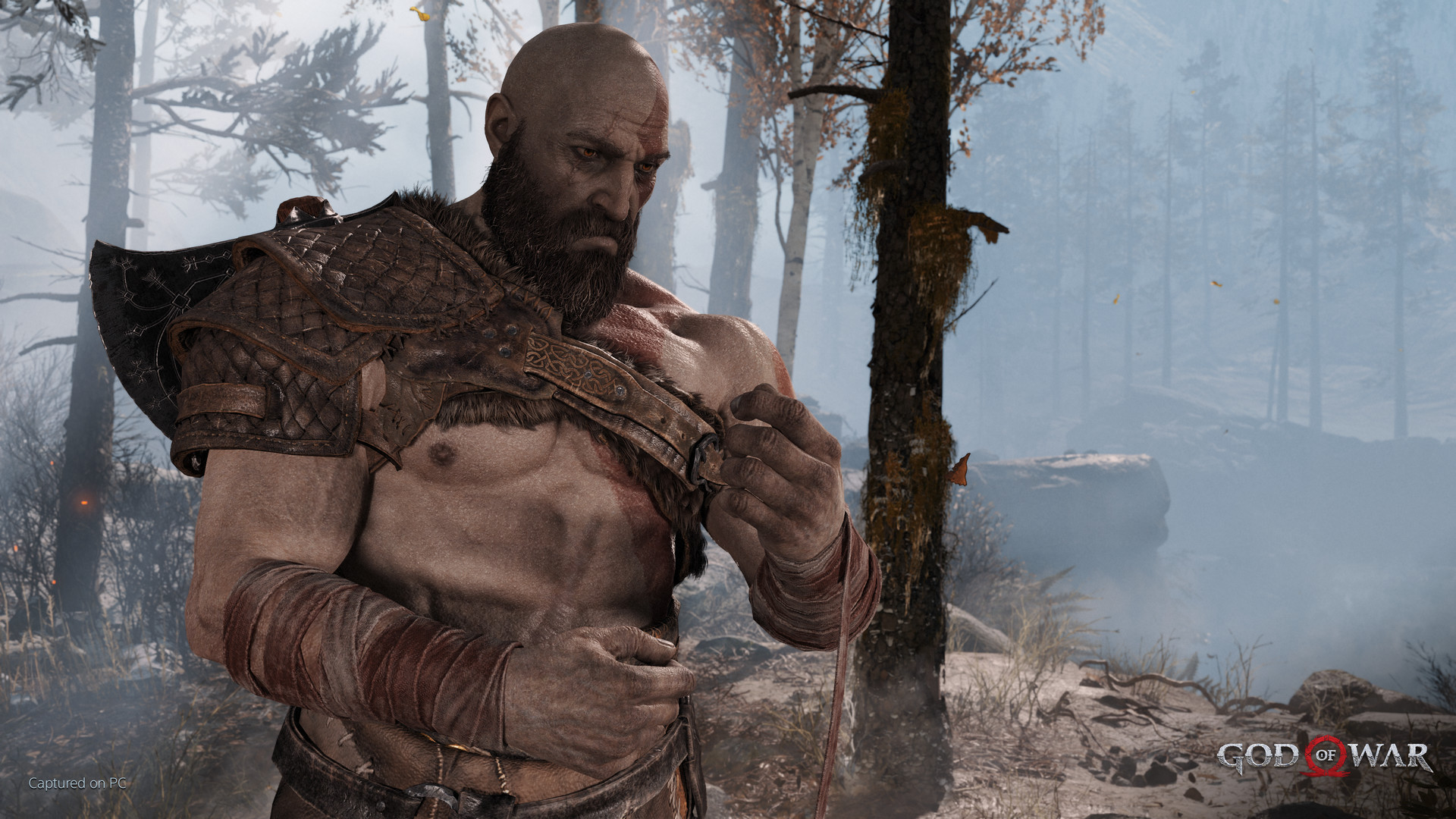
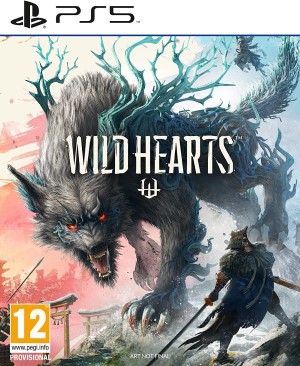


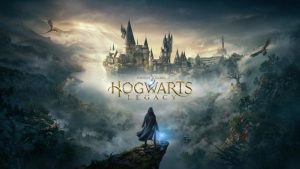




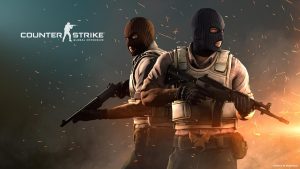
Share Your Thoughts Below (Always follow our comments policy!)